Did you know that we’re in the middle of Pollinator Week? Organized by the Pollinator Partnership, this is an international celebration of pollinators, and a time to spread the word about pollinator protection. And while your thoughts might turn to honeybees, bumblebees, or butterflies, there is far greater diversity among pollinators in our area. Let’s get to know some of these unsung pollinator heroes.
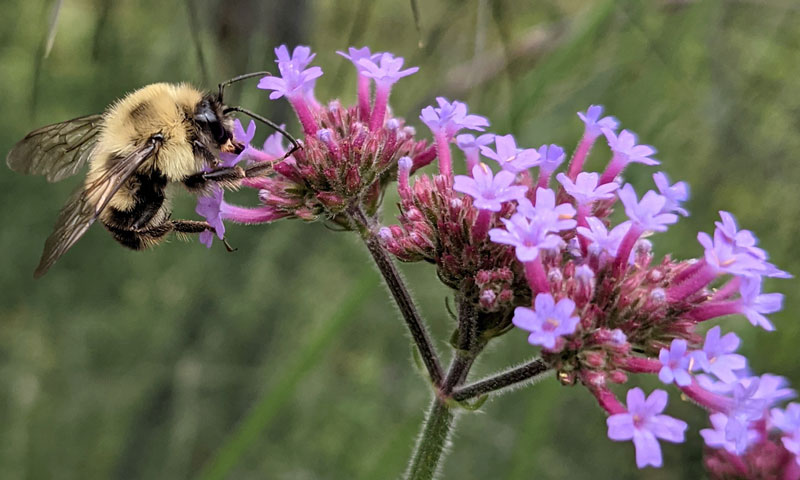
Beyond Bumblebees
According to the Xerces Society, there are approximately 3,600 species of bees native to the United States. At least 437 bee species call Pennsylvania home, including 23 introduced species (such as the honeybee, Apis mellifera). While many of us think of bees as social insects, colonial species like bumblebees and honeybees are actually a minority among bees. Over 90% of bee species are solitary, with each female excavating her own nest and tending to her own young.
Many solitary bees are small and dark. It can be easy to mistake them for flies. They nest in the soil, in wood, and in the stems of dead plants. While they possess stingers, solitary bees are far less likely to sting than social bees with large colonies to defend.
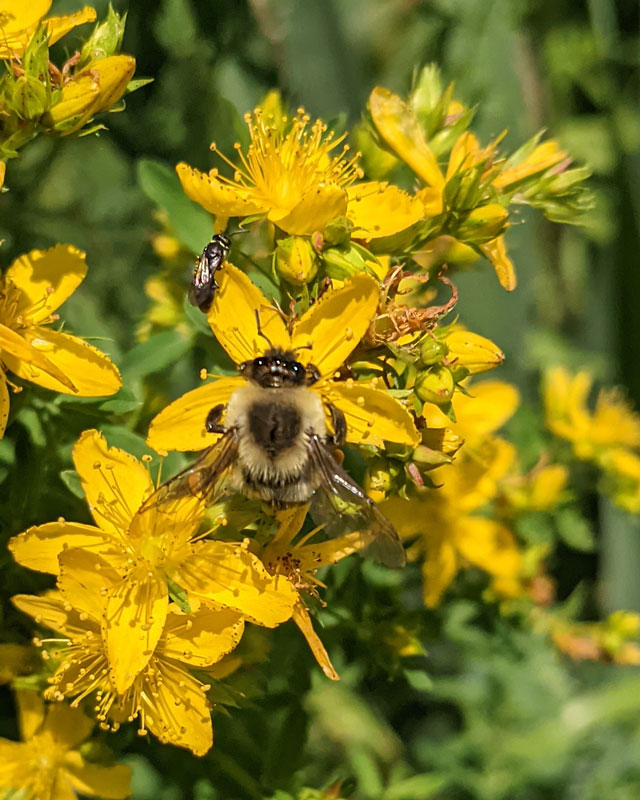
Brilliant Little Bees
Not all solitary bees are tiny and drab. Some, like certain sweat bees (family Halictidae), can be vividly colored, as with the emerald-colored bee in the photo below. Sweat bees are so called because they are attracted to sweat. On a hot summer day, it’s common to see small bees land on your arm. They’re harmless – all they want is the sodium in your sweat!
Bees are not only incredible diverse in form – their behavior, and the niches they fill in their ecosystems, vary widely as well. For example, certain bees don’t bother excavating and provisioning their own nests. Instead, they rely on other solitary bees to do the work for them. These bees, called social parasites or cleptoparasites, lay their eggs in other bees’ nests. There, the host larvae is killed, and the parasite larvae feeds on the pollen provisions intended for the host. This may sound gruesome to us, but the presence of parasitic bees may actually indicate that local bee populations are healthy and diverse.
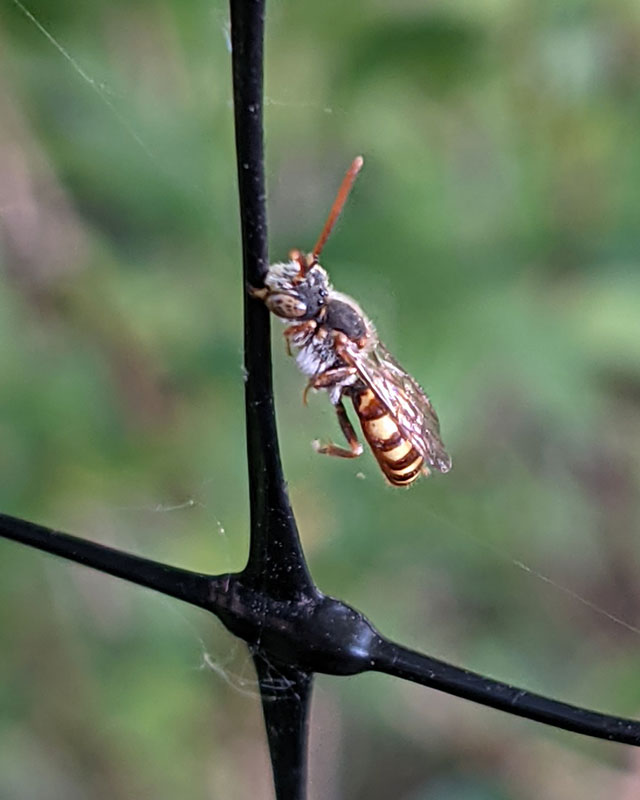
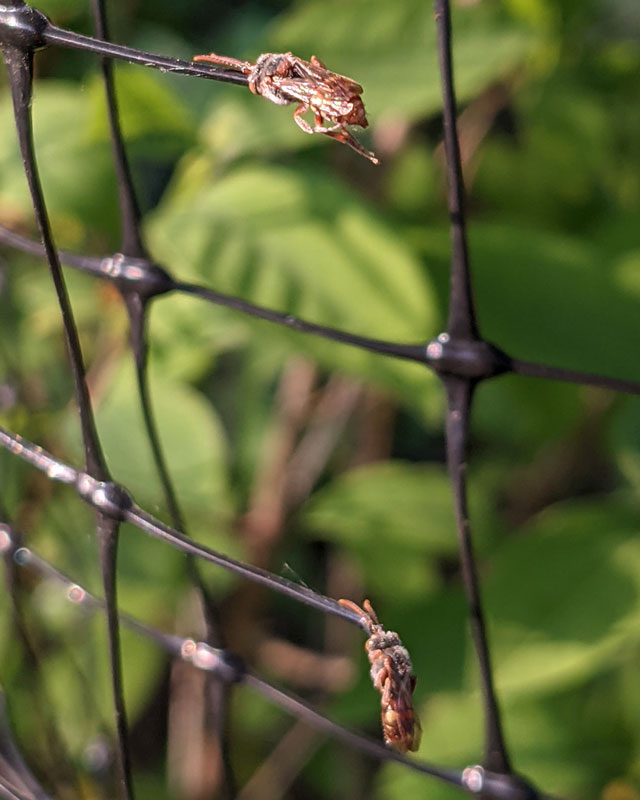
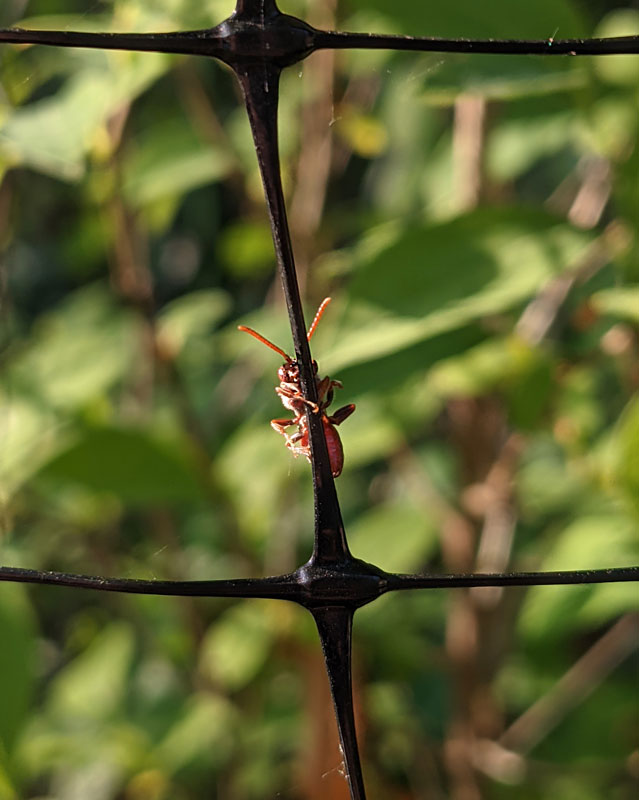
Flies
There are over 85,000 species of fly worldwide, making them one of the most diverse insect orders. While they’re often considered pests, several species are important pollinators. Some plants like our native Pawpaw tree (Asimina triloba) may have evolved to rely on blow flies for pollination, developing flesh-colored and/or pungent blooms thought to resemble carrion. Other fly species, such as Hover or Syrphid flies, are doubly beneficial: the larvae devour insects including aphids, while the adults pollinate flowers as they feed on nectar and pollen. The Drone fly in the photo below mimics honeybees.
Beetles
The Xerces Society notes that beetles are the most diverse group of organisms in the world. What’s more, they and flies were probably the first pollinators to evolve, appearing approximately 150 million years ago! These true unsung pollinator heroes are incredibly beneficial to our landscapes. While some species are notorious garden and farm pests, others, like the soldier beetle pictured below, function as both pest control and pollinators at different points in their lives. Also called leatherwing beetles, the adults pollinate flowers as they feed on pollen, and the larvae are effective predators of aphids, caterpillars, and other beetles.
Bring in the Pollinators
Pollinators are essential to the environment. The National Wildlife Federation reports that nearly 85% of all flowering plants need pollinators to set seed. This includes many of our food crops. The greater the variety of species, the more resilient our landscapes are. We can all do more to attract and support this wonderful group of creatures. Here are a few tips to get started in your landscape:
Learn more about pollinator needs.
Research what pollinators live in your area, and their specific requirements. Some solitary bees and wasps require areas of bare soil in which to excavate their nests. Butterflies and moths need specific host plants on which to raise their caterpillars. Then, look around your yard or community to see if those needs are being met.
Plant a variety of flowers.
This is pretty straightforward: try to plan your garden so that something is in bloom throughout the growing season. Emphasizing early spring and late fall flowers can be especially helpful, as some pollinators emerge early in the year, and some bees need to stock up on pollen and nectar for the winter. Native plants offer the best value to our local pollinators.
Additionally, you can try to plant flowers with a variety of shapes, sizes, and colors to accommodate a greater diversity of pollinators. Some flowers, like the Penstemon below, store their nectar in deep tubes that only insects with long tongues can access – or, like the solitary bee, that can crawl into the flower! Other flowers, like Hypericum or St. John’s Wort, are easily accessible to all insects, and also carry abundant amounts of pollen.
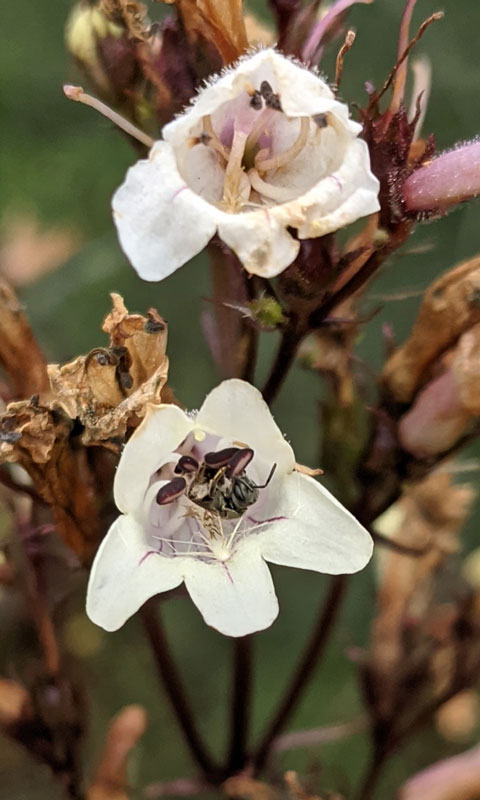
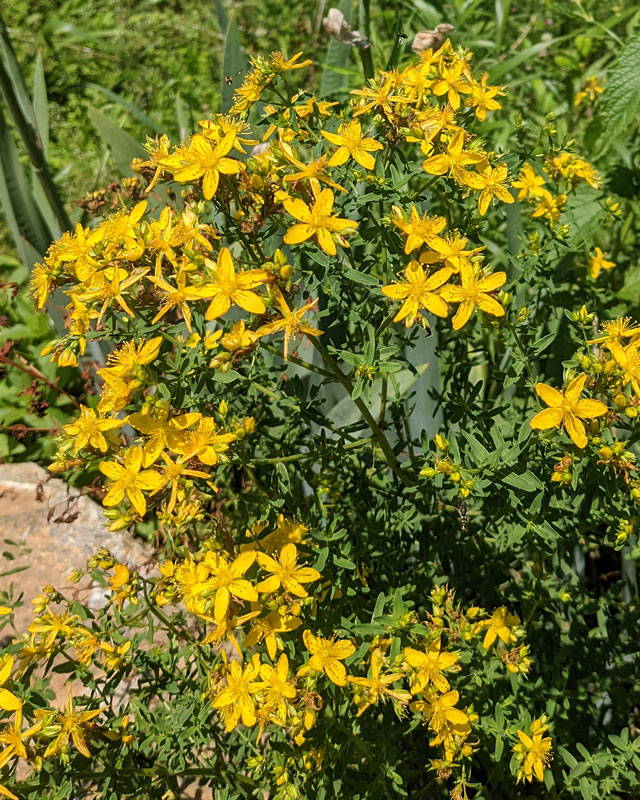
Leave the weeds.
Leave a portion of your yard a little on the messy side. Many beneficial species of wildlife will thank you! Tall grass, wildflower stems, and dead wood all shelter bees, butterflies, and beetles, along with birds, mammals, amphibians, and more.
Reduce or eliminate pesticides.
Consider not spraying your lawn or flower garden to combat pests: many insecticides are non-specific and can harm species like bees that you’re trying to attract. Even herbicides and fungicides impact pollinators and other beneficial creatures.
Spread the word.
Converting our own properties into pollinator oases is a critical and rewarding action. If we can bring our neighbors on board – and their neighbors, and their neighbors’ neighbors, and so on – we can transform our communities into dynamic, thriving, and beautiful landscapes that pollinators and other wildlife can safely navigate. It can start as simply as sharing excess milkweed…or by asking your entire neighborhood to stop using pesticides.
More Information
- The López-Uribe Lab at Penn State University conducts research on pollinator evolution, beekeeping management, and bee diseases. Their website contains a handy Checklist of the Bees of Pennsylvania. Researchers at the lab helped with the identification of the cleptoparasite bees in the photos above.
- The Xerces Society for Invertebrate Conservation is an invaluable resource and advocate for pollinator conservation.
- Beyond organizing Pollinator Week, the Pollinator Partnership promotes the health of pollinators through conservation, education, and research.
- The National Wildlife Federation’s blog can introduce you to more unsung pollinator heroes.

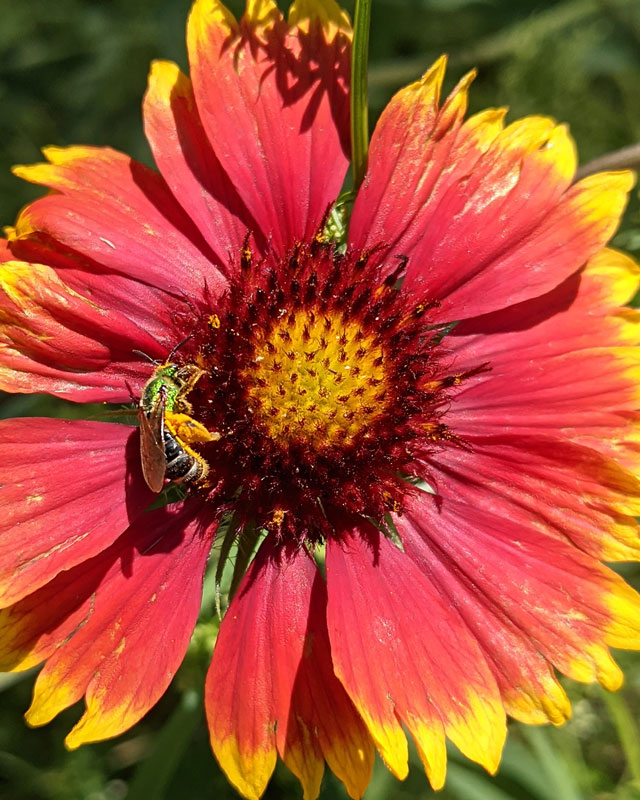
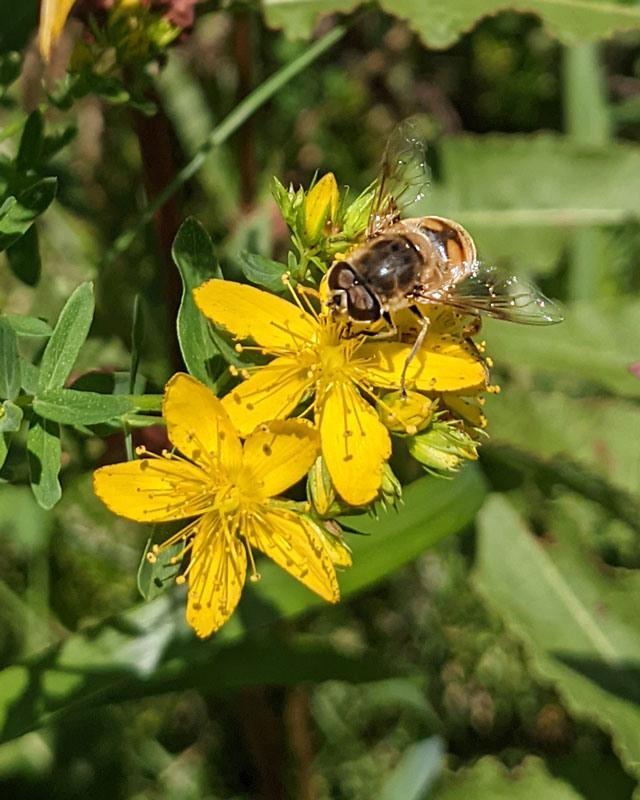
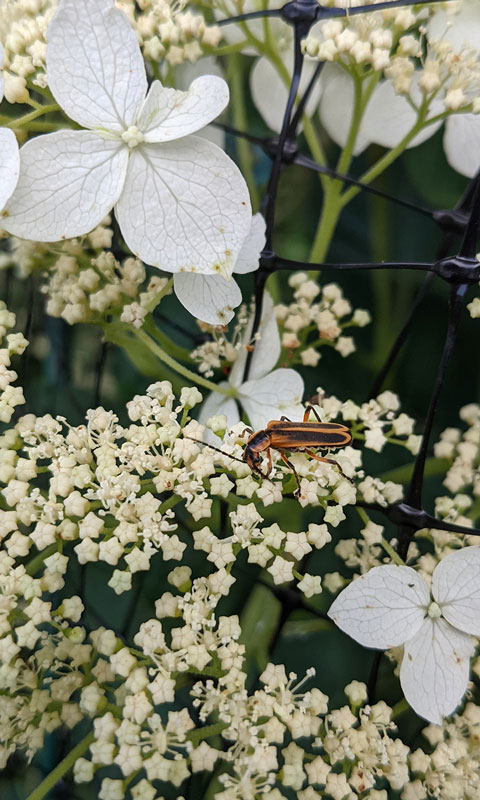
Thank you so much for this post, Kelsey! Great info!
I appreciate the information. What an eye opening article! Who knew there are so many different species of bees in PA let alone the nation? Thanks for writing.